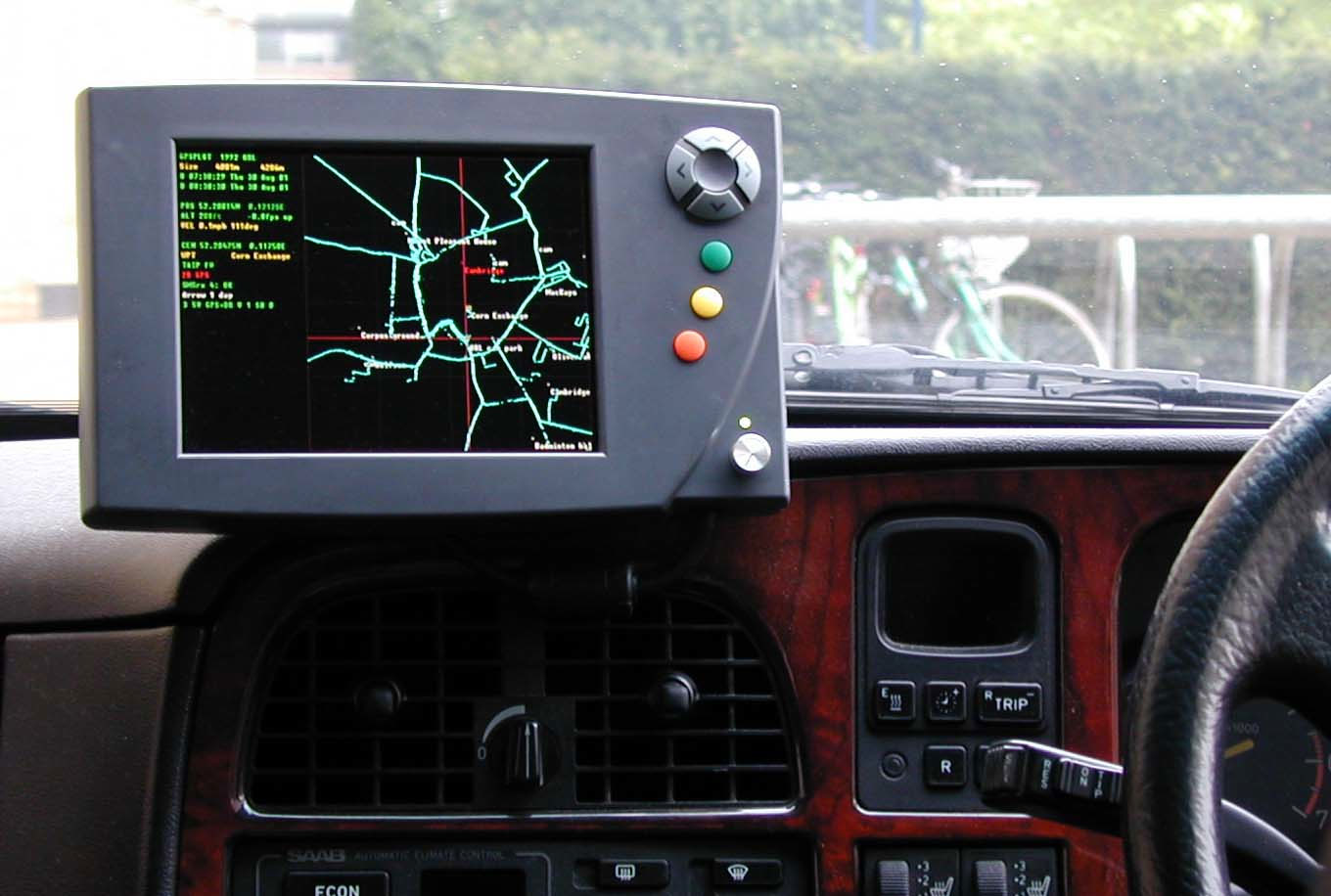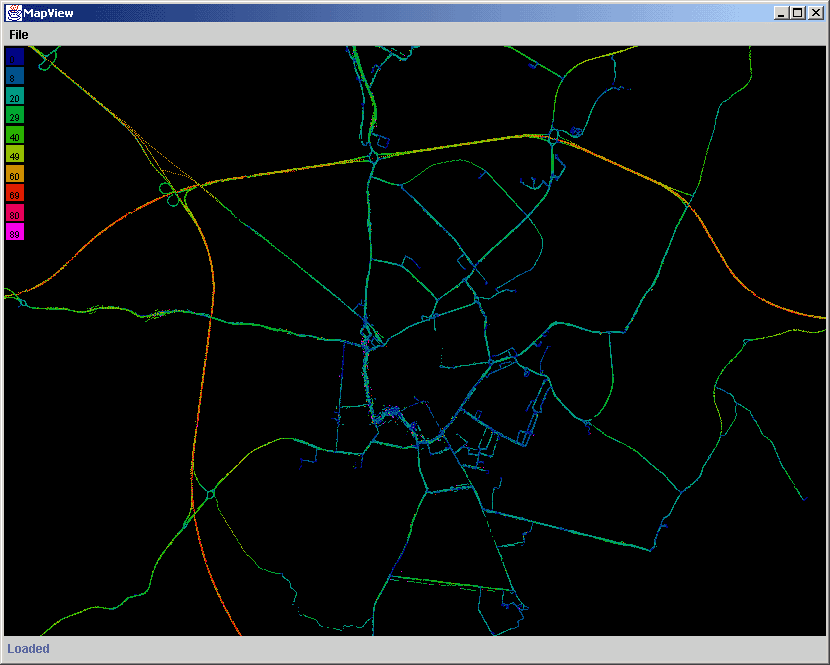Augmented Vehicles

One of our in-car computers
My last area of research at AT&T, in 2001-2, was on the Augmented Vehicles project, where we were designing more intelligent in-car systems to try and make time spent on the move more productive, safe, educational and enjoyable. Remember, this was before in-car computers and satnavs - we had to build our own - and it was long before smartphones.
One of the ideas we explored, though, was context-sensitive phone management…
The reason, we suggested, that it’s measurably more dangerous to talk on the phone while driving than it is to talk to a passenger sitting next to you, is that the person at the other end of a call doesn’t share the same visual cues as the driver.
If you’re driving and I, as a passenger, ask you a question just as you are negotiating a difficult junction, I’ll understand completely if you don’t reply immediately. If I’m on the other end of a phone line, however, you’ll feel more compelled to maintain a normal conversation with me and so will devote more attention to that than perhaps you should.
Our idea was that we could make use of the large GPS logs we had gathered over the years to improve this situation. If I called you just as you were approaching a potentially difficult point - a complex junction, a tight bend, somewhere which typically had dramatic speed changes or tight radii of curvature - I could be informed that you were driving and could answer in 20 seconds. The phone wouldn’t even ring in the car until you were onto easy, straight roads.
That at least was the idea. Sadly, this project was short-lived, starting only a few months before the rather unexpected demise of the Lab.

Plots of speed and acceleration on Cambridge roads. My idea was that places where there was typically substantial acceleration, deceleration, or tight curves were probably not good places to answer phone calls.

(Unexpectedly, I’ve returned to very similar research 13 years later, at the Endeavour project in the University of Cambridge.)
